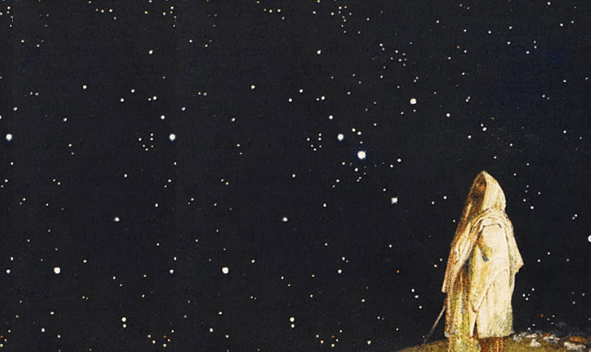By Islam Salah
In the Arab world, stars have always been more than distant points of light—they’ve been guides, storytellers, and sources of inspiration. Centuries ago, Arab scholars charted the heavens, creating maps that shaped navigation and our understanding of the cosmos.
These celestial studies were crucial for travelers crossing vast deserts and oceans, and they formed the backbone of ancient practices that connected people to the skies. This enduring legacy continues to impact how we view and explore the universe today!
The Role of Star Maps in Navigation
Star maps were crucial tools for Arab astronomers, serving as guides for navigating deserts and open seas. These charts allowed travelers and sailors to graph their routes using the positions of stars, a necessity in regions where landmarks were few and far between.
Instruments like astrolabes, armillary spheres, and celestial globes enhanced accuracy, enabling precise calculations of time, location, and direction!
Al-Battani, one of the most influential astronomers, compiled detailed star catalogs and refined astronomical calculations, including the solar year’s length. His work laid the groundwork for advancements in navigation, shaping systems that later influenced European explorers during the Age of Discovery.
Storytelling Through the Stars: A Cultural Tradition
For Arab and Islamic societies, the stars combined cultural and spiritual narratives. Stories and myths tied to constellations were passed down through generations, offering explanations for natural phenomena and creating a sense of connection to the universe.
These tales often carried moral lessons or reflected the societal values of the time, blending astronomy with folklore. The tradition of zij—astronomical treatises—highlighted this interplay of science and culture. While primarily scientific, zij often integrated storytelling elements, transforming star maps into cultural artifacts.
Astrology’s Influence on Society
Astrology held a prominent place in Islamic and Arab culture, deeply influencing daily life, spiritual practices, and governance. Astrologers were often consulted to determine auspicious dates for key events, such as weddings, battles, and religious observances.
Besides that, historical accounts reveal that celestial interpretations played a role in guiding rulers. For example, astrologers advised caliphs on the timing of military campaigns based on planetary alignments.
This integration of astrology into societal and political decisions reflects a time when the movements of the stars were believed to mirror earthly outcomes, connecting the cosmic and the human.
The Origins of the Zodiac: Roots in Arabic Astronomy
The roots of the Zodiac owe much to the Arabic language through the naming and mapping of stars, which played a key role in shaping astrological and astronomical traditions.
During the Abbasid Caliphate, Arab scholars translated and expanded upon Greek works like Ptolemy’s Almagest, preserving vital knowledge and integrating it with Islamic astronomical practices.
As a result, Arabic names for stars—such as Aldebaran, Deneb, and Achernar—became standardized across cultures and are still used in modern star charts.
These contributions provided the linguistic framework for many celestial terms and influenced how the constellations of the Zodiac were identified and understood in relation to the stars.
The Arab Influence on Astronomy
The Arab world’s contributions to astronomy and astrology continue to shine on modern practices, from celestial navigation to storytelling. Ancient star maps and the tales they told still inspire stargazers and historians alike.
This legacy celebrates humanity’s enduring curiosity about the cosmos and our timeless quest to understand our place in the universe!
WE ALSO SAID: Don’t Miss…Pondering Under The Skies: Stargazing Destinations In the Middle East



